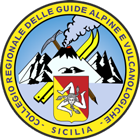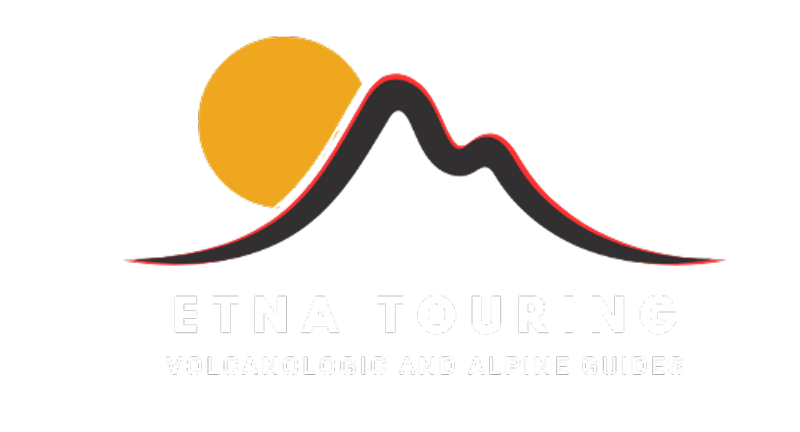
VOLCANO HISTORY
VOLCANO HISTORY
What appears to be a single, majestic volcanic edifice is actually a very complex volcanic area. The Etna volcano is in fact made up of numerous volcanic edifices, more or less extensive, that have been superimposed over time on an area of about 1,250 square kilometers.
The first eruptive manifestations, the BASE LAVES, of submarine type, occurred about 500,000 years ago within a large gulf. The filling of this gulf, due to the superimposition of the products of the numerous eruptions that occurred over time, and the gradual uplift of this part of eastern Sicily, allowed the formation of volcanic edifices that were no longer submarine.
THE TRIFOGLIETTO
80,000 – 64,000 years ago), in which it is possible to include at least five secondary eruptive centers (Serra Giannicola Piccola, Trifoglietto II, Zoccolaro, Vavalaci and Belvedere), ceased to be active some time ago and is currently almost completely dismantled. In the area where it once stood, on the eastern side of Etna, there is now a vast depression called Valle del Bove.
This valley, formed over time by the confluence of the numerous caldera subsidences suffered by the various secondary eruptive centers at the end of their activity and then enlarged by erosion, represents a morphological structure of great scientific interest.
In fact, by studying the volcanic products erupted on its steep and high walls (sometimes over a thousand meters high), it is possible to reconstruct the evolution of the ancient Trifoglietto volcano.
These studies have shown that the eruptive centers of Trifoglietto were all explosive (and therefore more dangerous than the present active volcano) and that during their activity they erupted enormous quantities of scoria, lapilli and ash, which are now found in the form of tuffs, mainly on the eastern side of Etna.
These intense and violent explosive activities and/or the emptying of the reservoir and the feeding fissures have been the main causes of the numerous collapses of the summit part of the various volcanic buildings that have followed one another over time, with the formation of more or less extended. The volcanic material derived from the disintegration of the various eruptive centers gave rise to an extensive alluvial deposit, locally called “Chiancone”, located on the lower eastern slope of Etna.


THE MONGIBELLO
(34,000 – 0 years before present), which overlapped with its products on the NW flank of the ancient Trifoglietto, is the present active volcano.
Secondary eruptive centers have also been recognized in Mongibello, and in the course of its evolutionary history it has been possible to distinguish two eruptive periods.
The old Mongibello period (34,000 – 8,000 years before present), characterized by eruptive centers of explosive type (Elliptic and Leone), similar to those of Trifoglietto, and the recent Mongibello period (8,000 – 0 years before present), on the contrary, characterized by almost exclusively effusive centers (Vulcano del Piano and current Vulcano), which gave rise to extensive lava flows. The recent Mongibello is currently the highest (3,345 m) and largest active volcano in Europe and, in the last twenty years, one of the most active volcanoes in the world. There are currently four active craters on Etna: Central Crater, which is divided into Voragine and Bocca Nuova, Northeast Crater and Southeast Crater.






